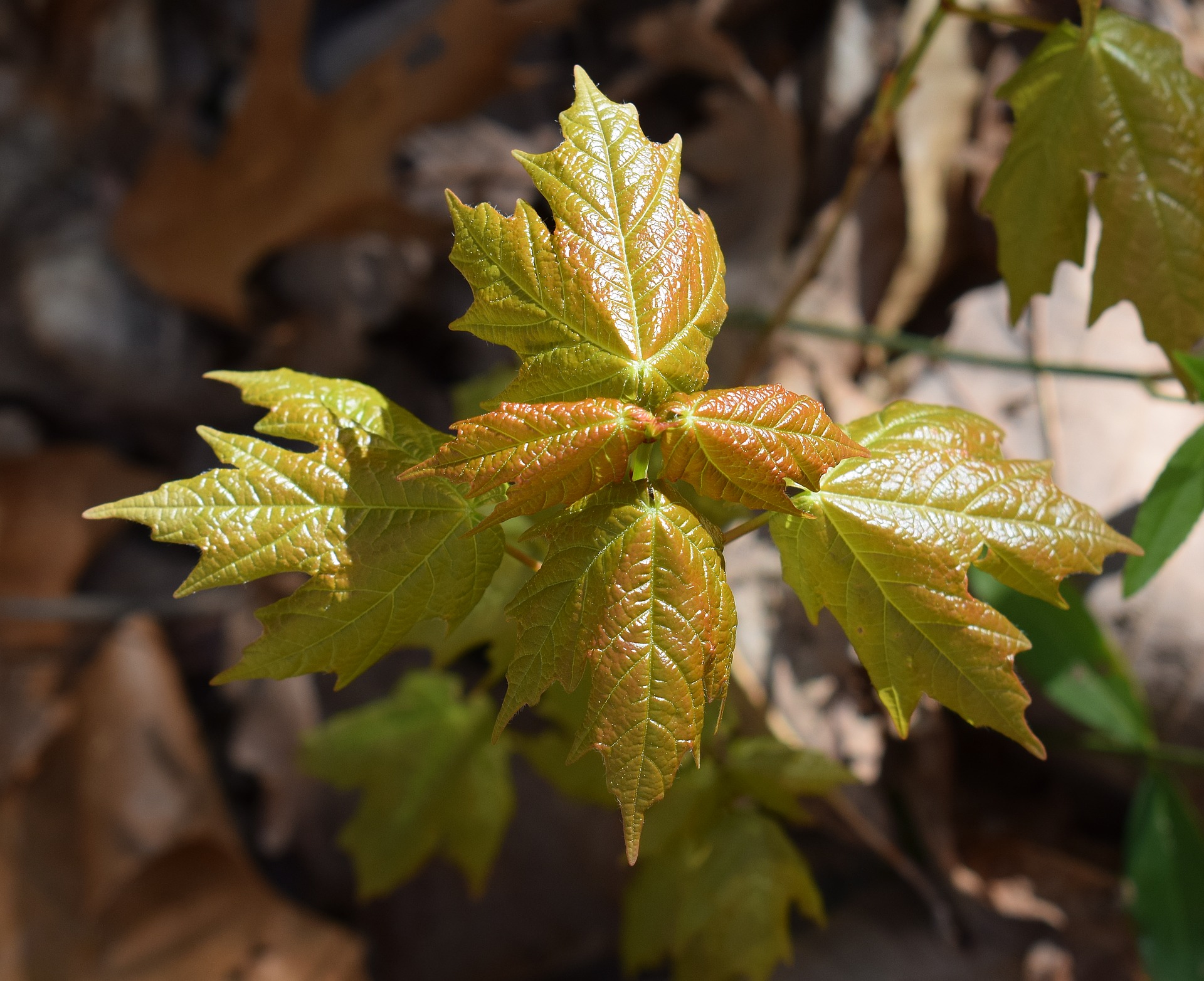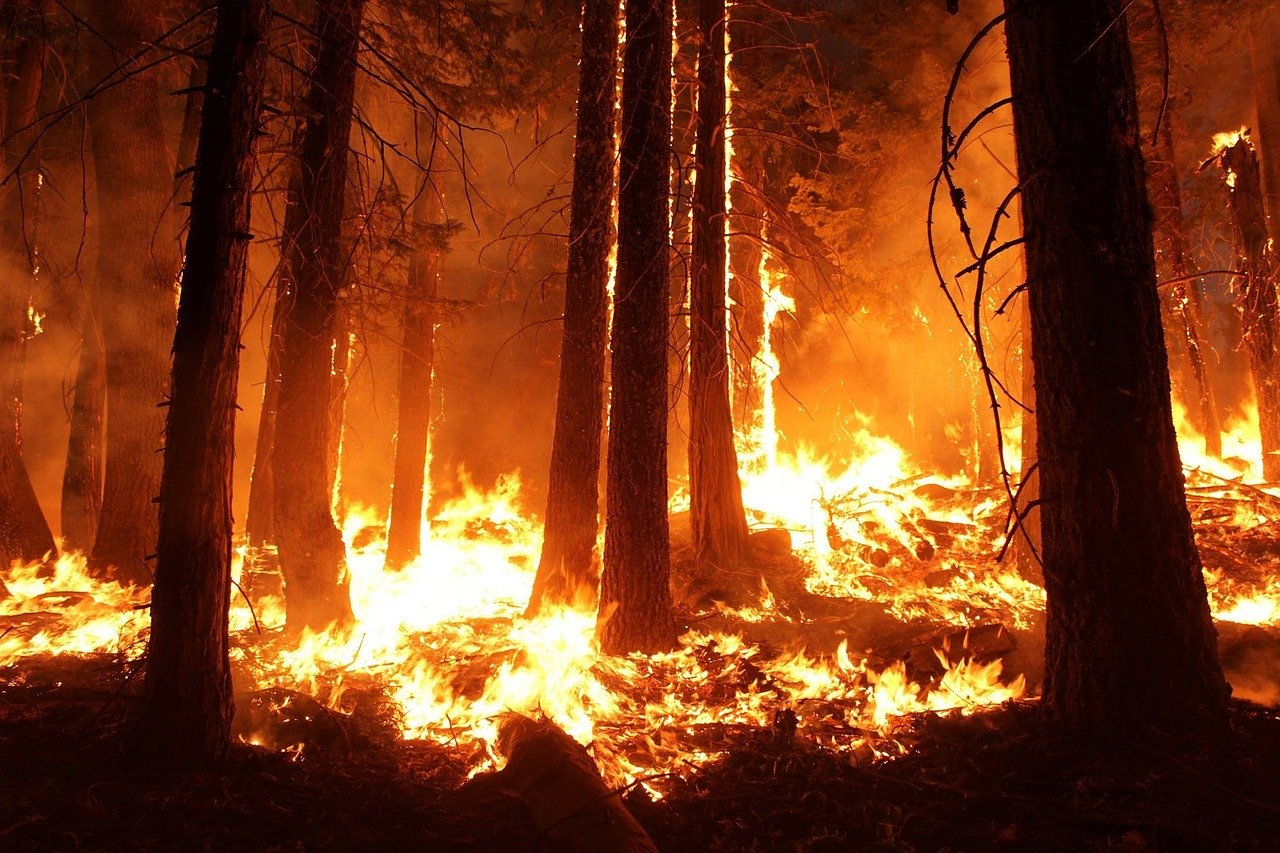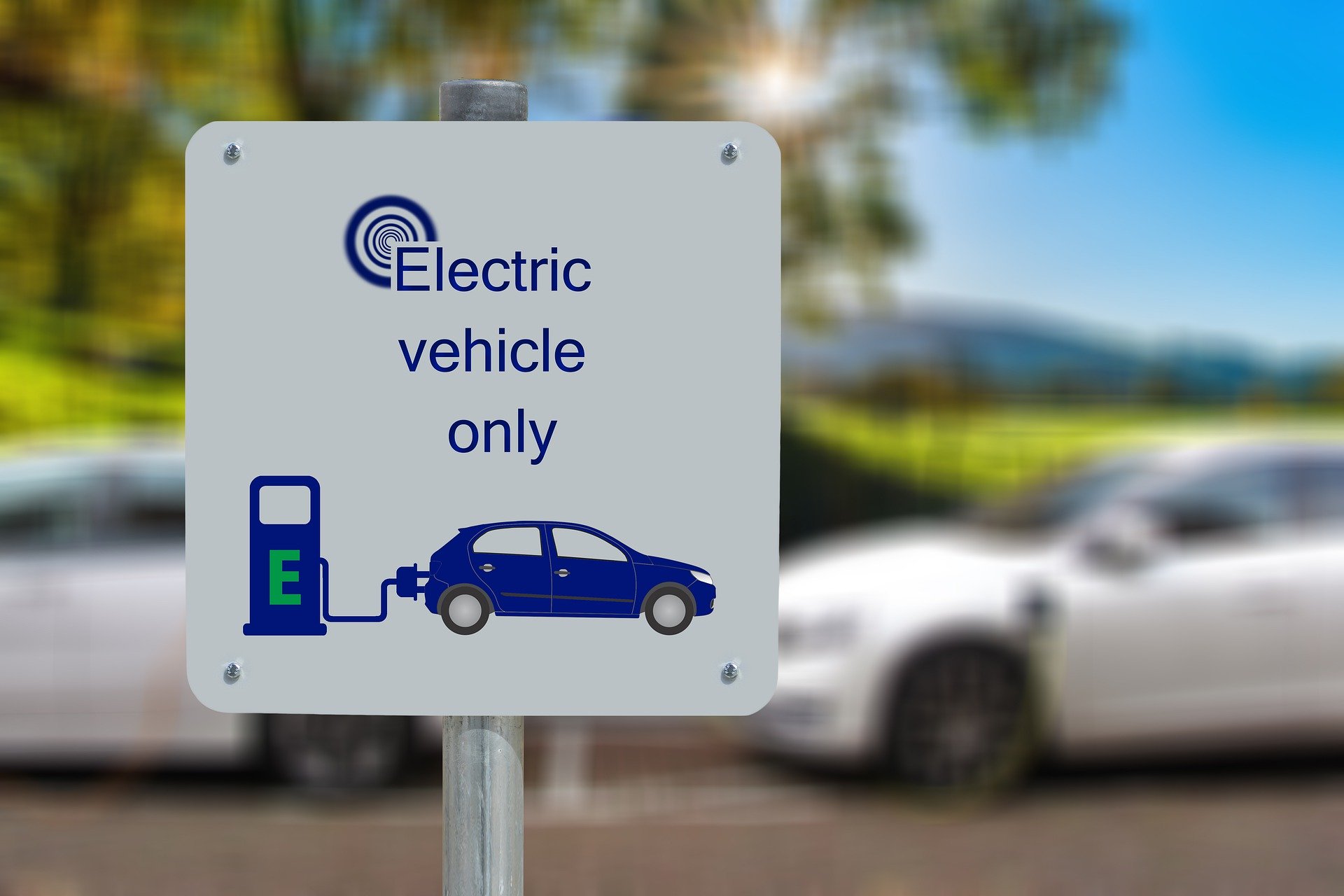The idea of planting trees to mitigate climate change is straight forward. Trees store carbon as they grow, absorbing it from the atmosphere, and locking it away for the duration of the tree’s life. So therefore, if a large enough planting project was conducted, its carbon offsetting potential would be incredible.

Carbon and trees, like peas in a pod
Okay, so the carbon storage through trees is essentially that simple, although it there is a little more to it than that. Firstly, only a fraction of the carbon absorbed is put into permeant storage. Most of the CO2 is used through respiration as it is metabolised, and a portion is also lost annually through the shedding of leaves (for deciduous trees anyway).
So, really the tree only absorbs about 13 pounds of carbon annually during their early years, and about 50 pounds a year at the height of their productivity. Consequentially tree planting is obviously a long-term climate mitigation strategy that has potential to offset and with time have a net sequestration of carbon.
This is where the trillion trees come in. If 1,000,000,000,000 were planted today research has shown that they could store 205 gigatonnes of carbon. To put that figure into perspective, the total amount of CO2 produced to date is about 300 gigatonnes.

That means we could effectively nullify two thirds of the anthropogenic carbon emissions. Additionally, this research showed that these could all be planted on land across the globe that would naturally support tree growth, without encroaching on agriculture or urban areas!
So what’s the catch?
Well like anything cost. An operation this big would require investment of most likely far more than the predicted £240 billion mentioned in the research. It would also require planting over vast regions across the globe, but most notably those with large land masses, such as Russia, Canada, the US, Brazil and Australia. Although as of late Brazil for example would most likely be against such projects with their policies being more in line with deforestation at current.
A big issue also comes in the way of space. Where on earth would you plant these trees? Yes the study identified areas suitable, but persuading land owners to convert land to forest may well be difficult. Even with incentives for reforestation, farmers and land owners may perceive their land as more valuable with their current uses, whether that is grazing or common land
It also must be noted, that the widescale planting of trees can’t be used as a substitute for reducing societies reliance on fossil fuels. A planting program could simply buy time and allow for a much-needed buffer period that could potentially allow us to stay under the 1.5oc temperature rise. Which the IPCC originally noted as key to limit climate induced hazards.
So what should we be focusing on?
Firstly, the reduction of degradation and deforestation (the REDD project) combined with suitable planting and reforestation programs, to store greater amounts of carbon. To give a climatically significant buffer these planting programs don’t need to reach 1 trillion trees.
However great that would be. Realistically with current demands for grazing land and urban expansion within the next 50 years, 1 trillion is a too bigger ask. Nether the less a figure in the hundreds of billions could give a much-needed buffer that would also allow room for community expansion.
This said with current trends of increasing vegetarianism and the reduction of meat consumption, the need for grazing land could decrease. This grazing land is often ideal for forest expansion, so therefore could have a profound effect, coupled with the excessive CO2 emissions generated from the meat industry.

The environmental value gained through the woodland and forest ecosystems generated would also greatly improve biodiversity (if programs take this into account), in areas that have long since lost their natural ecologies.
So what can you do?
Well for something as large as this, its easy to do a little. The idea of carbon offsetting has effectively really taken off. Especially in terms of flying. With plenty of schemes allowing you to pay for the plantation of trees to offset the carbon released by your flight. Although even simpler things, like changing your search engine to ecosia helps (which is the same as google, bar the fact they run ads with 80% of the profit made going towards planting trees). So it really is easy to do your little bit to try and get trees planted.
This said governments or large organisations do need to consider implementing tree planting programs to aid the climate efforts. Although whether this will be done on a scale mentioned earlier that really could made a difference is yet to be seen.
Thanks for reading
Bryce
Reference
The global tree restoration potential, Bastin et al (2019)




